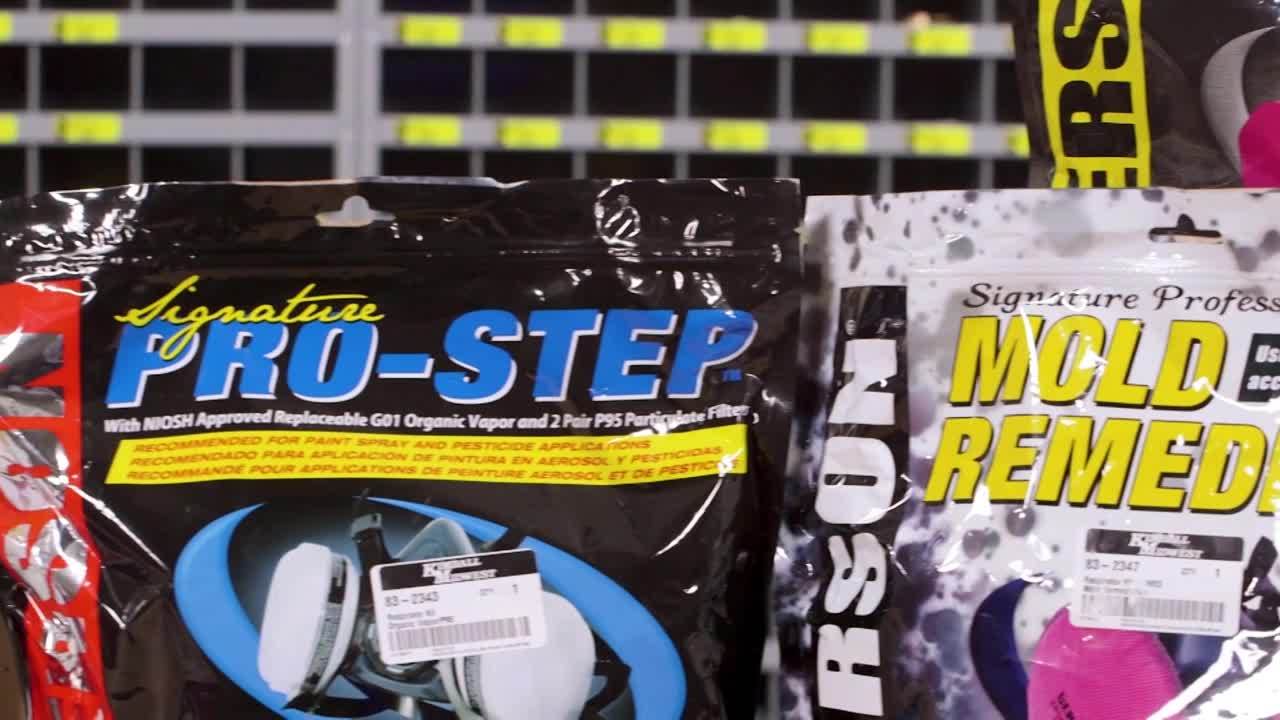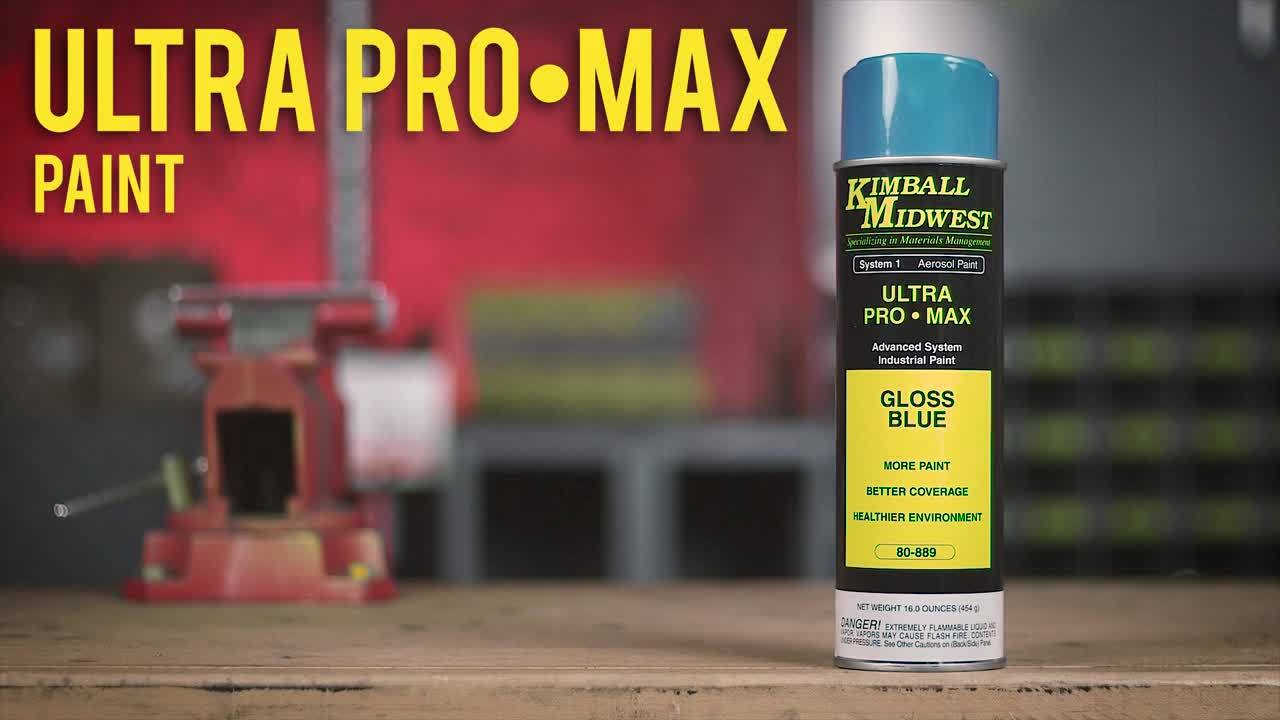Spring is getting closer, and it’s time to think about painting. Whether you need to freshen up your workshop or paint your equipment, you need to set yourself up for success to get the job done right. Before you get started, here are some resources to help you:
- Finding the Right Paint for the Job
- Six Characteristics Your Spray Paint Needs
- How to Spray Paint Like a Pro
- Avoid These Common Spray Painting Mistakes
While you’re prepping for your paint job, you need to make sure you have all your safety concerns covered. If you’re not careful, spray paint can cause a variety of health hazards, from short-term problems such as eye irritation, skin rashes, dizziness and cough, to long-term damage to your internal organs.
To protect yourself, follow these steps:
- Review Safety Data Sheets (SDS) and paint labels so you’re aware of the specific hazards associated with the paint you are using.
- Make sure the paint can label is still affixed and legible. If not, do not use.
- Ensure the area you are painting in has good ventilation to reduce your risk of vapor exposure.
- Avoid exposure to high heat or ignition sources since most paints are flammable and combustible. Keep a class B fire extinguisher or extinguishing powder nearby in case the paint ignites.
- Use personal protective equipment. Depending on the environment, you may need gloves, safety glasses and coveralls. Wear long sleeves to protect as much of your skin as possible. If you are working in a spray booth, you may need a respirator.
- Apply a barrier cream to any exposed skin. Not only does this make cleanup easier, but it keeps the paint from adhering to your skin, minimizing the chance of skin irritation.
- Practice ladder and scaffold safety! If you need these for painting, use the proper precautions to prevent falls.
- Wash your hands thoroughly after painting.

Even if you take the necessary safety precautions, there is always a risk of accidents.
Inhalation: Excessive paint inhalation can cause dizziness and respiratory issues. If this happens, seek fresh air immediately, and do not resume painting until symptoms subside. Seek medical attention if the symptoms persist.
Eye contact: If you get paint in your eyes, rinse them carefully at an eye wash station for several minutes. If you wear contacts, remove them if possible. Seek medical attention if the eye irritation persists after rinsing.
Skin contact: If skin irritation occurs from contact with paint, wash the exposed area thoroughly with soap and water. If necessary, remove contaminated clothing.
Swallowing: If you accidentally swallow paint, do not induce vomiting. Rinse out your mouth and drink plenty of water.
It’s not enough to protect yourself. You also need to protect your work environment. Make sure paint cans are properly sealed after use and stored in a well-ventilated area away from sunlight, heat and subfreezing conditions. Ideally, you should store spray paint in a locking cabinet.
It’s also important to follow proper procedures if you need to dispose of paint containers – even if they’re empty. Spray paints are considered hazardous waste and must be disposed of accordingly. Check local and state regulations.

Of course, the first step you can take to improve the safety of your painting job is getting a safer paint. Kimball Midwest’s line of Ultra Pro-Max spray paints have a higher amount of paint solids than typical spray paints, so you don’t need as many cans to get the job done. In addition, it contains fewer solvents, making it healthier for you and the environment. Want to learn more? 

.png?width=131&height=58&name=image%20(40).png)
